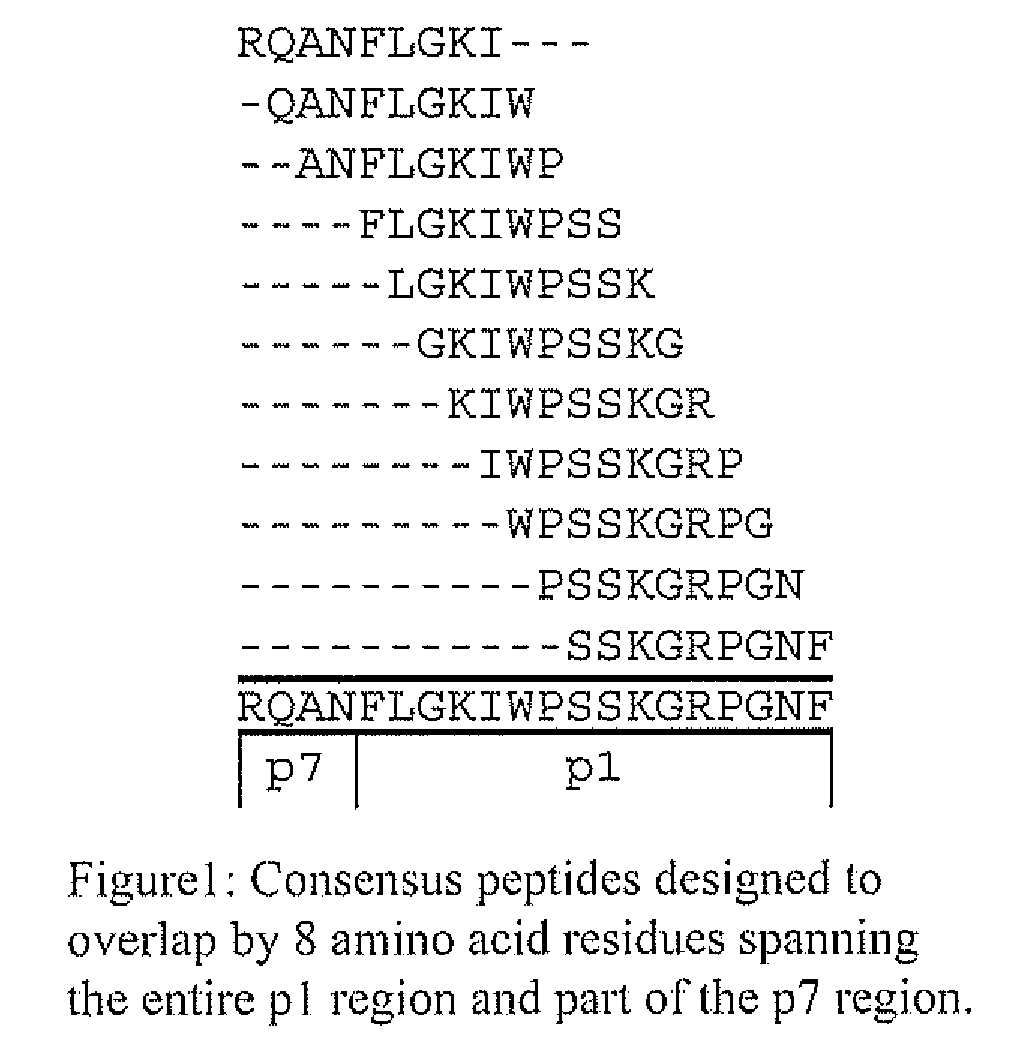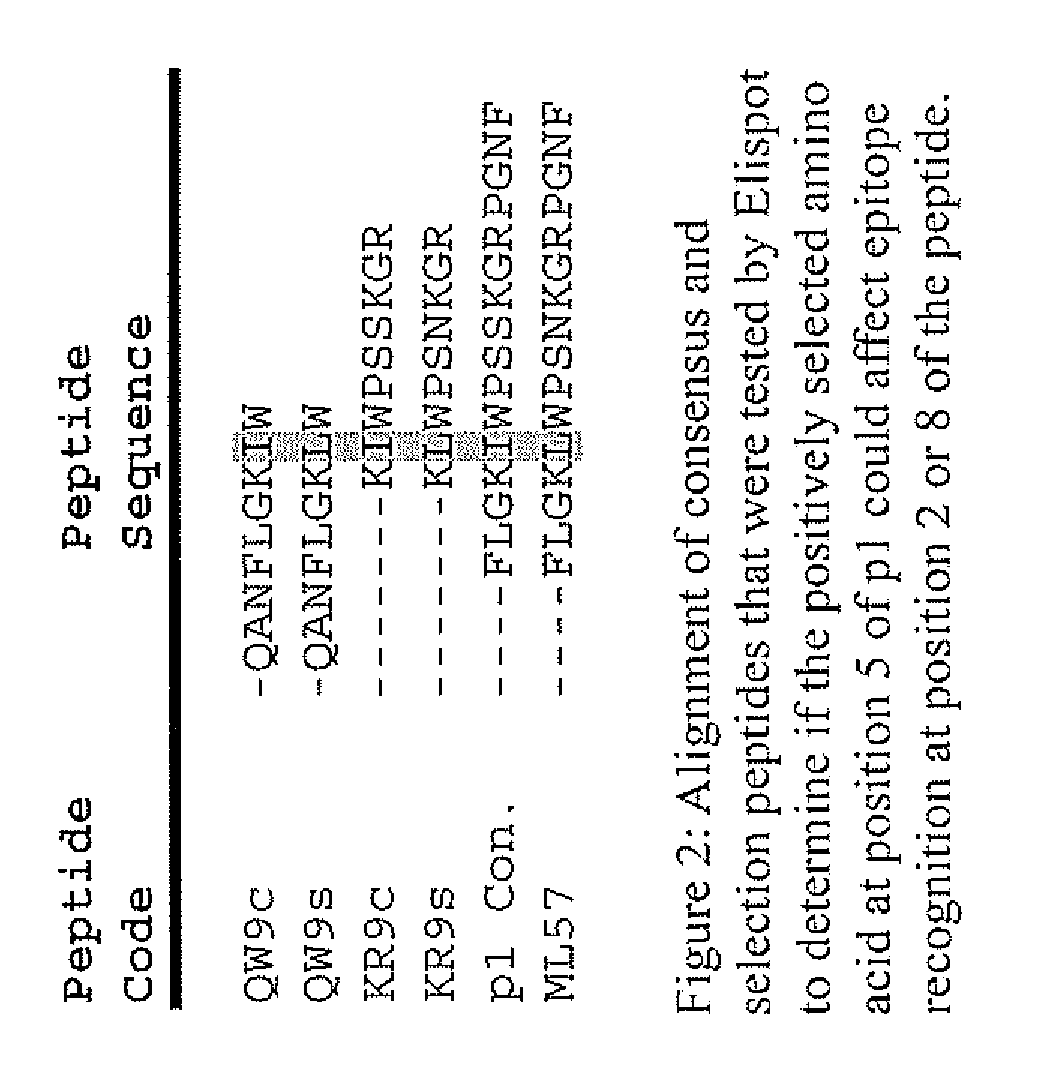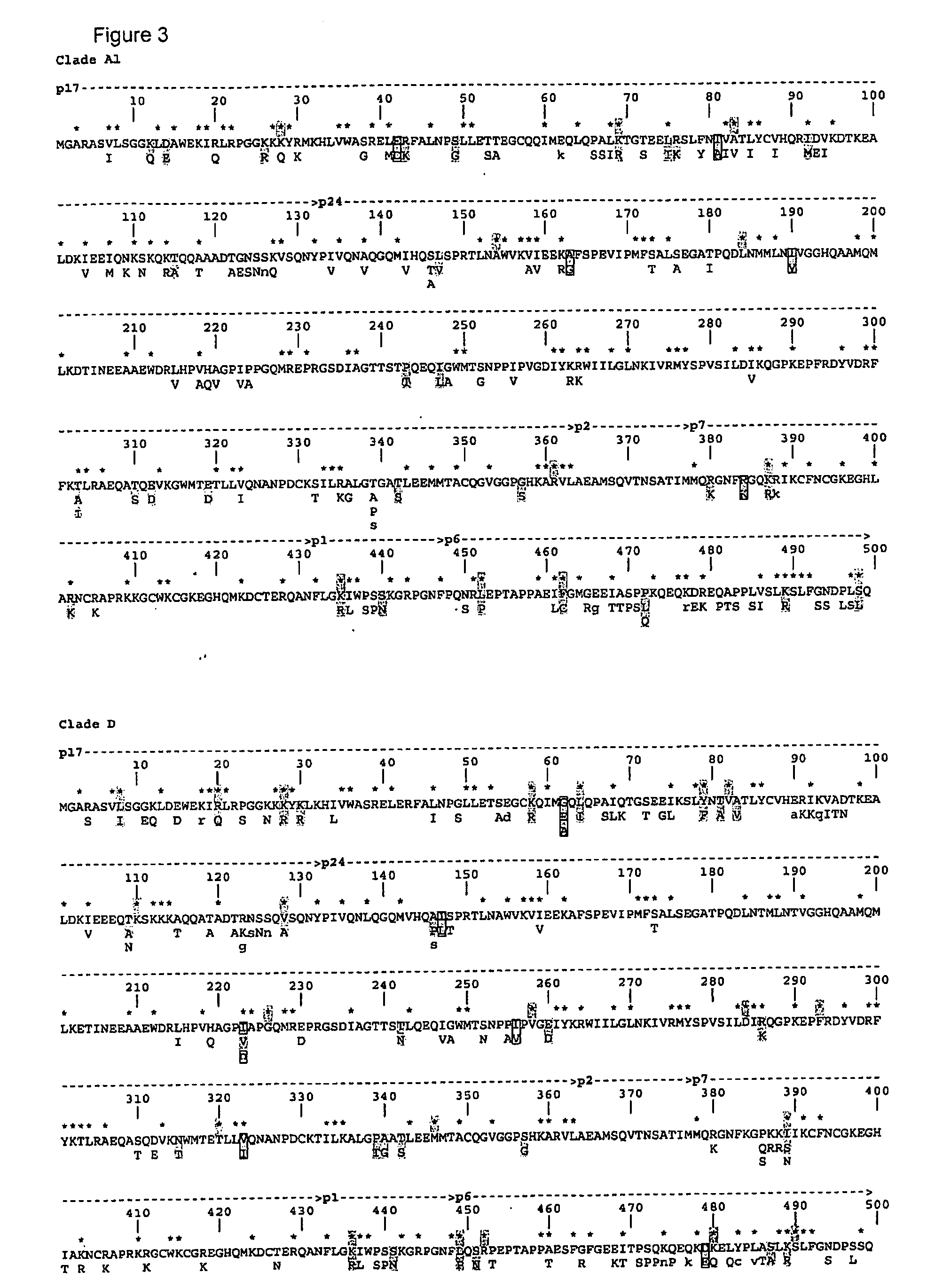HLA Epitope Identification
a technology of epitopes and antibodies, applied in the field of hla epitope identification, can solve the problems of laborious lab work, impeded success and speed of traditional approaches, and limited amount of patient pbmcs
- Summary
- Abstract
- Description
- Claims
- Application Information
AI Technical Summary
Benefits of technology
Problems solved by technology
Method used
Image
Examples
example
Materials and Methods
[0097]Study cohort: The patients were untreated HIV-1 positive adult women, at various stages of disease progression, enrolled in the Pumwani Sex Worker cohort in Nairobi, Kenya (40). This study has been approved by the Ethics Committee of the University of Manitoba and the Ethics and Research Committee of Kenyatta National Hospital. Informed consent was obtained from all women enrolled in the study.
[0098]HLA sequencing and typing: Genomic DNA was isolated from 468 HIV-1 positive women enrolled in the Pumwani sex worker cohort. HLA class I typing was conducted by amplifying HLA-A, -B and -C genes with gene specific primers. The amplified PCR products were purified and sequenced using the ABI 3100 Genetic Analyzer. The class I genes were typed using the CodonExpress software package that was developed based on taxonomy-based sequence analysis (41-43).
[0099]Gag PCR and sequencing: Proviral DNA was isolated from HIV-1 positive women. Nested PCR amplification was us...
PUM
 Login to View More
Login to View More Abstract
Description
Claims
Application Information
 Login to View More
Login to View More - R&D
- Intellectual Property
- Life Sciences
- Materials
- Tech Scout
- Unparalleled Data Quality
- Higher Quality Content
- 60% Fewer Hallucinations
Browse by: Latest US Patents, China's latest patents, Technical Efficacy Thesaurus, Application Domain, Technology Topic, Popular Technical Reports.
© 2025 PatSnap. All rights reserved.Legal|Privacy policy|Modern Slavery Act Transparency Statement|Sitemap|About US| Contact US: help@patsnap.com



